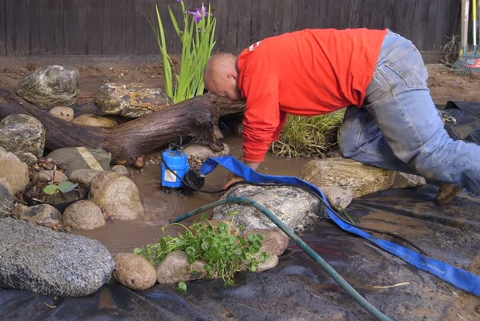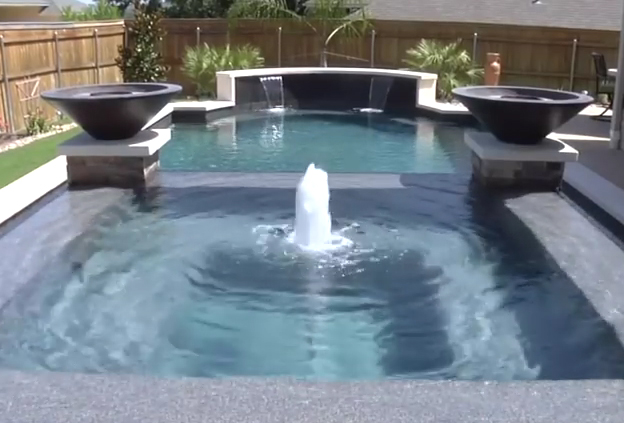ARTICLES
Advance Search
Aquatic Health
Aquatic Health, Fitness & Safety
Around the Internet
Aquatic Culture
Aquatic Technology
Artful Endeavors
Celebrity Corner
Life Aquatic
Must-See Watershapes
People with Cameras
Watershapes in the Headlines
Art/Architectural History
Book & Media Reviews
Commentaries, Interviews & Profiles
Concrete Science
Environment
Fountains
Geotechnical
Join the Dialogue
Landscape, Plants, Hardscape & Decks
Lighter Side
Ripples
Test Your Knowledge
The Aquatic Quiz
Other Waterfeatures (from birdbaths to lakes)
Outdoor Living, Fire Features, Amenities & Lighting
Plants
Ponds, Streams & Waterfalls
Pools & Spas
Professional Watershaping
Structures (Editor's Notes)
Travelogues & History
Water Chemistry
WaterShapes TV
WaterShapes World Blog
Web Links
Around the Internet
Aquatic Culture
Aquatic Technology
Artful Endeavors
Celebrity Corner
Life Aquatic
Must-See Watershapes
People with Cameras
Watershapes in the Headlines
I haven't called attention to many of what you might call "conventional" fountains in my Travelogues. You know what I mean: the standard sort of bowl fountains with modest flows, bronze sculptures and lots of patina. It's not that I haven't come across many that I like and admire during my travels; it's just that most of their stories seem a bit too similar.
In the case I'll discuss here, however, there's an odd tale of déjà vu to tell: Back in July of 1978, while I was in Rome, I sought out fountains just about wherever I walked around the city because it was so unbelievably hot. Even small fountains were islands of coolness under the intense Italian sun.
One of the fountains I encountered looked familiar when I crossed its path: The Fontana delle Tartarughe (seen above) wasn't s show-stopper by any means, but it was charming and cooling - and challenged me with the nagging sense that I'd seen it before.
Set where there had once been a fountainhead for the Roman aqueduct system, this one had been built in the 1580s as the collaboration of an architect, Giacomo della Porta, and a sculptor, Taddeo Landini. The creatures that lent the fountain its name were added about 80 years later during a restoration project; they were by either Gian Lorenzo Bernini (which would be exciting, as he was a truly great artist and architect) or by Andrea Sacchi, a renowned painter (but not anywhere close to Bernini's league).
My guidebook, long gone, doubtless told me all of this, and I'm certain the Bernini connection would've caught my eye. But what really grabbed me was the translation of tartarughe it offered: This was the "Fountain of the Tortoises" - and I had indeed seen it before, only the last time it had been in a small park on Nob Hill in San Francisco.
About four years before my visit to Rome, I'd spent a week in San Francisco, walking up and down hills and exploring everything I could reach on my happy 18-year-old feet. I'd been to Nob Hill and had walked through Huntington Park and had seen what turned out to be a reproduction (seen just above) of the Fontana delle Tartarughe that had graced the space since 1954.
It was all about the tortoises, both times. They looked a bit silly hanging out over the edge of the large fountain bowl, so when I saw them again in the same absurd posture in Rome years later, it triggered the memories and kicked up a curiosity that made me linger long enough that I checked my guidebook and saw that tartarughe translated to tortoise - and I knew in a flash where I'd see this before.
You can go to Rome to see the original, but to me the San Francisco version has almost as much going for it - other that 450 years of art history atop 2,000 years of Roman hydrological history, of course. Cool in either place, I'd say.
Even after all these years, in which countless seminars and classes have covered proper techniques for designing, engineering and building vanishing-edge pools, I am still all-too-frequently confronted in my role as a construction-defects expert witness by installations that are just plain wrong in one way or another. The biggest problems usually have to do with the
No matter how firm a focus you maintain on making a pond into a safe, comfortable home for frogs, there's always the need to keep at least one eye (if not both) on the way the pond looks. My goal, as I discuss in some detail in the video linked below, is to make every watershape I produce look as though it belongs where I've put it, as though the pond
'Touch the Wall': Missy Franklin, Kara Lynn Joyce Swim on Film
In Hot Water: High School Teacher Drags Screaming Student into Pool
When I listen to people as they stare at a fountain, I often hear them say, "How wonderful!" In witnessing that praise, however, I know for a fact that what they find appealing is the gracefulness of a sculpture or the beauty of the stone or tile finishes or the way the water flows - what I refer to as the fountain's "façade." In many cases, what's behind that façade can be pretty mundane: maybe a small pump, some simple plumbing, a cascade head or sconce and little more. In other cases, however, what's going on behind the surface is
As mentioned previously in this video series, one of the key points distinguishing frog ponds from most other modern backyard ponds is the fact that there's no circulation system of any kind - no pump to keep the water moving, no skimmer or filter to help keep it clean. That fact puts quite a burden on the frog-pond designer to make certain the water will be safe for tadpoles and attractive to the
WaterShapes has been privileged to publish countless beautiful photographs through the years, and many of the best of them ended up on the printed magazine's cover.On a few occasions, however, great images weren't available for cover appearances. There were several possible reasons for this, but most often it had something to do with
For almost as long as I've been in business, people who are interested in swimming pools have also usually been interested in having a spa or hot tub to go along with it. It's always been a natural combination, and as watershapers we've found myriad ways to meet thegeneral demand. In the video linked below, I offer a quick discussion of two key factors homeowners need to consider in





















